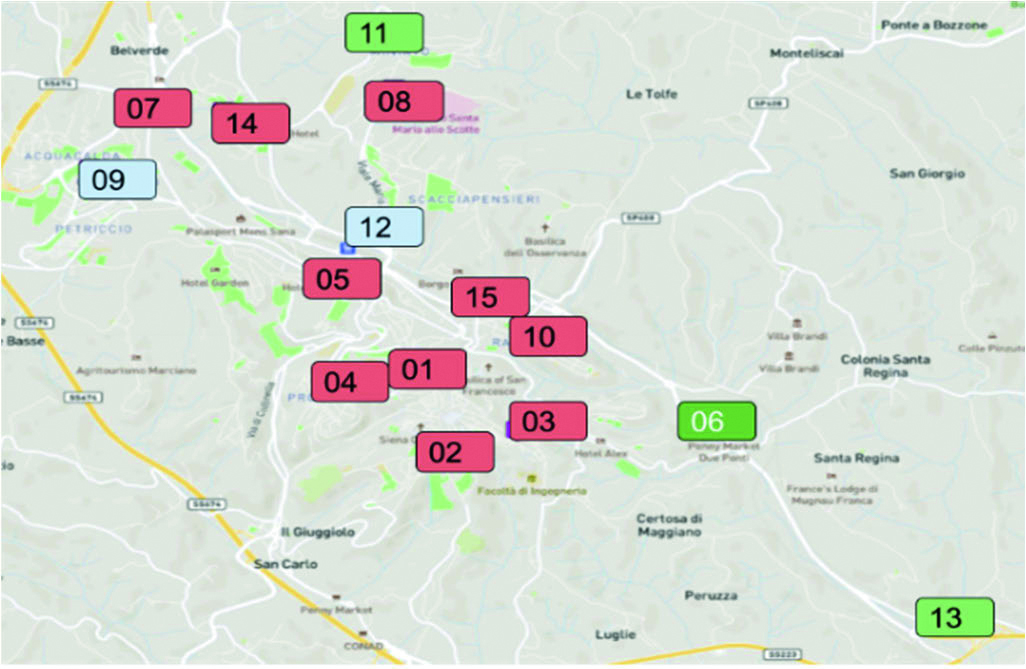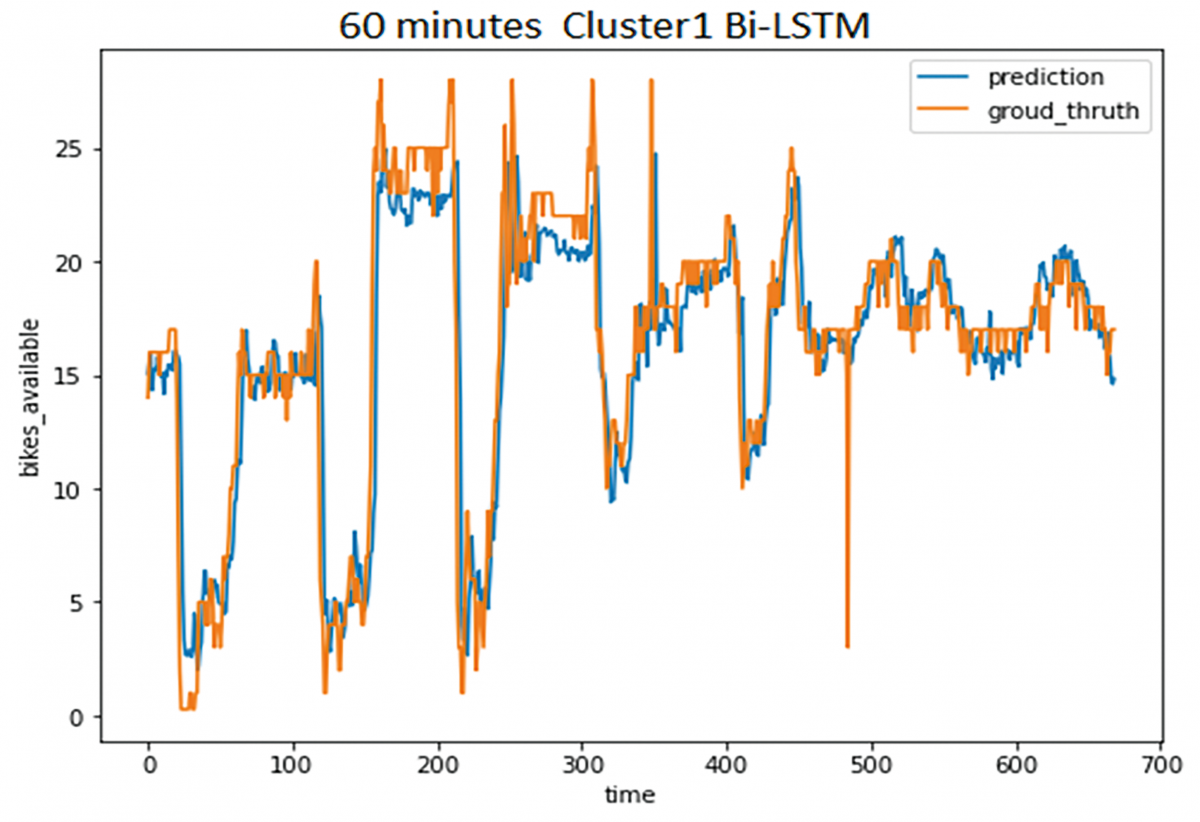Bike-sharing is adopted as a valid option for replacing traditional public transports since they are eco-friendly, prevent traffic congestions. However, some problems may occur such as the irregular distribution of bikes on related stations/racks/areas, and the difficulty of knowing in advance what the rack status will be like. Providing predictions can be useful to improve the service quality, optimize the redistribution of the bikes on the territory and the user experience by providing information on if there will be bikes available in a specific bike station at a certain time of the day, or if there will be a free slot to leave the rented bike. The solution developed provides accurate 1 hour ahead prediction on the number of available bikes and the number of free slots on bike sharing stations and this can be extremely important to improve the bike sharing system overall.
Let’s see the details of this solution that:
- predicts both the number of available bikes and the number of free slots in bike sharing racks / areas 15, 30, 45, and 60 minutes ahead in Real Time;
- utilizes predictions provided by advanced Artificial Intelligence Machine Learning Models with extremely accurate performance;
- improves the bike sharing system by tackling different aspects from the optimization of operating costs of redistributing the bikes on the territory to providing tools to improve the user experience of the system;
- Is easily configurable to real-world bike sharing systems with an amount of data acquisition of just 3 months;
- Is based on IoT sensors that can monitor the status of the stations / position of the bikes in the area of interest.

Example Application on the cities of Siena and Pisa in Italy
In both cities of Pisa and Siena in Tuscany, Italy, bikes are one of the main transportation systems for multiple reasons mainly the high traffic congestion during peak hours and the limited traffic area on which most of the petrol vehicles cannot proceed. In both cities there are installed smart bike sharing stations able to detect the presence of the bike on the rack and so the number of available bikes and also the number of free slots in the system.


Siena on the left image and Pisa on the right
The application of the solution to both the bike sharing system of Pisa and Siena was configured using a limited amount of data acquisition of just 3 months. A clustering approach has been applied in order to classify Pisa and Siena stations based on their mean trend H24 of bikes available, and revealed 3 classes:
Cluster 1: characterized by a decrement of bike availability at lunchtime, Typically located close to the railway stations, airport, etc.
Cluster 2: characterized by an increment of the availability of bikes in the central part of the day (lunch hours, since most of the people are parking their bikes to get lunch). Typically positioned in the central area of the cities.
Cluster 3: almost uniform trend in the bike availability mainly positioned in the peripheral areas of the city.
This operation enabled the generalization of the AI predicting models that achieved state of the art performances for the 15, 30, 45, 60 minutes ahead predictions.
In Depth, the AI models achieved a Mean Absolute Error over the 3 representative cluster sensors on a week of test set of:
- 0,96 for the 15’ prediction
- 1,15 for the 30’ prediction
- 1.43 for the 45’ prediction
- 1.59 for the 60’ prediction

Please read and cite the work as: "Deep Learning for Short-Term Prediction of Available Bikes on Bike-Sharing Stations", in IEEE Access, vol. 9, pp. 124337-124347, 2021, doi: 10.1109/ACCESS.2021.3110794.
https://ieeexplore.ieee.org/stamp/stamp.jsp?arnumber=9530580